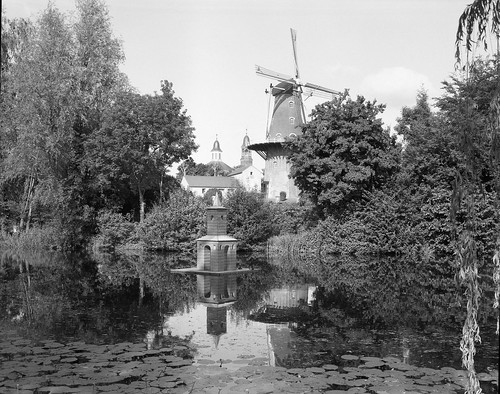zauhar
Veteran
Gabor, thanks - I think 'usable' is the key word. Most of the frames from my Efke roll are definitely usable, even if the contrast on some is low for my taste. Maybe I cam improve the interesting ones upon printing (that's the next thing I am learning!)
Mike. thanks also for the helpful suggestion about rinsing.
Randy
Mike. thanks also for the helpful suggestion about rinsing.
Randy



